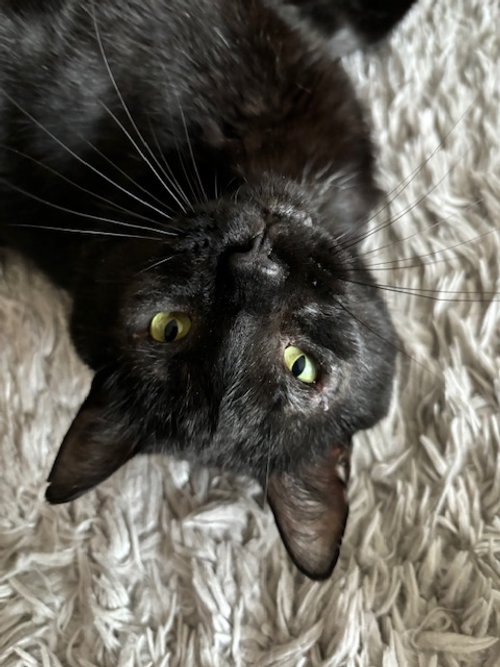How to Give Your Cat a Pill Without the Drama
If you’ve ever tried giving a cat a pill, you already know it can be... an adventure. Unlike dogs, who often gobble up treats (and the pills hidden inside them), cats tend to be more suspicious. But don’t worry—there are several techniques that can make medicating your cat much easier.
1. Try Pill Pockets or Treat Wrapping
Some cats will accept a pill if it’s hidden in something tasty. Pill pockets are soft, flavored treats designed to conceal pills. You can also try wrapping the pill in a small amount of cheese or cream cheese.
🖥️ Watch how to use pill pockets
Pro Tip: If your cat chews carefully and finds the pill, try giving a few “empty” pill pockets first to get them into the rhythm of eating without suspicion.
2. Crush and Mix—With Caution
If your veterinarian says it’s safe, you may be able to crush the pill and mix it into a small amount of wet food or tuna juice. Not all medications are safe to crush, so check with us first.
🖥️ How to hide medication in food
3. Use a Pill Popper (Pill Gun)
A pill popper is a small tool that allows you to place the pill farther back in your cat’s mouth without putting your fingers at risk. Once placed properly, most cats will swallow it instinctively.
🖥️ Watch how to use a pill popper
4. The Burrito Wrap Method
Wrapping your cat snugly in a towel keeps them secure and calm while preventing scratching. This technique is often called “purrito wrapping” and is especially helpful if you’re administering pills manually.
🖥️ How to safely wrap your cat
🖥️ Alternative way to safely wrap your cat
5. Let Us Help
If you’re struggling, don’t go it alone. Our Fargo veterinary team is happy to show you how to pill your cat safely or explore other options like flavored liquid medications or long-lasting injections when available.
Giving a pill doesn’t have to be stressful. With patience, technique, and the right tools, you and your cat can get through medication time without the daily battle. Have questions or need a demonstration? Call us at Two Rivers Vet Hospital—we’re here to help you and your feline friend succeed!

